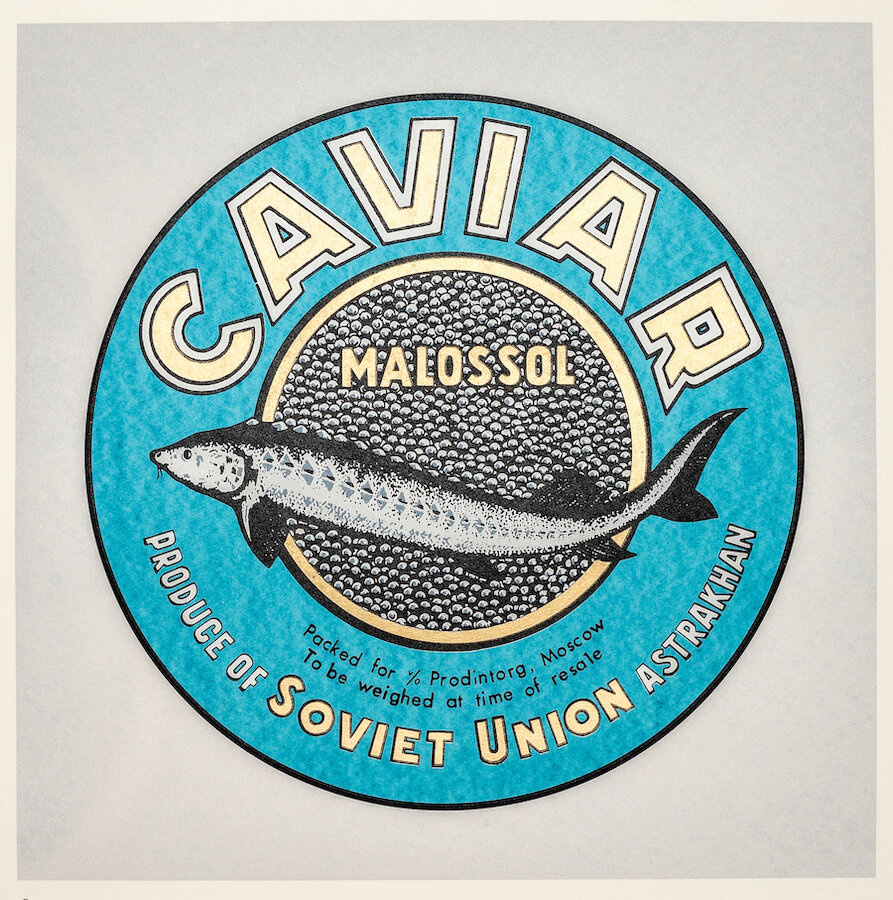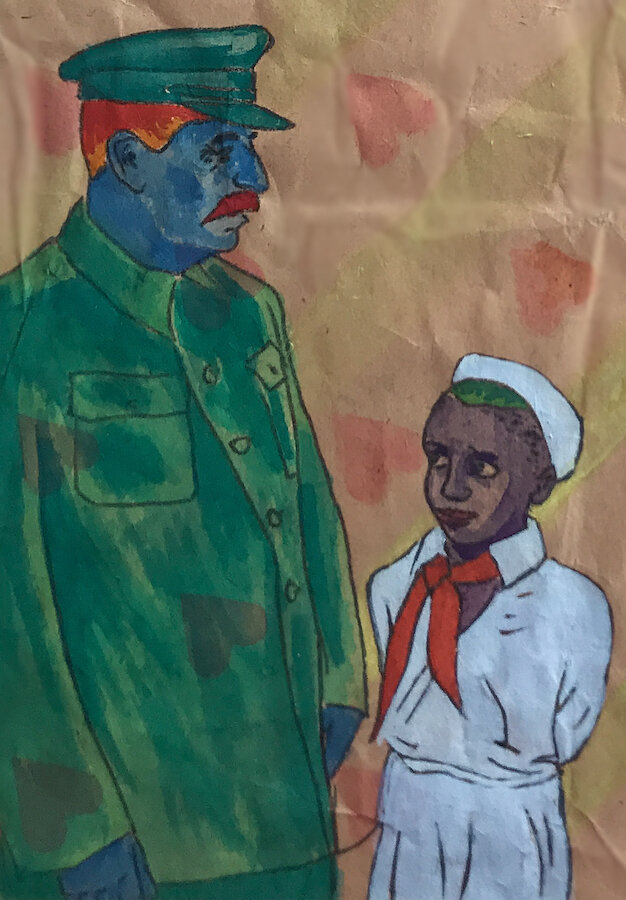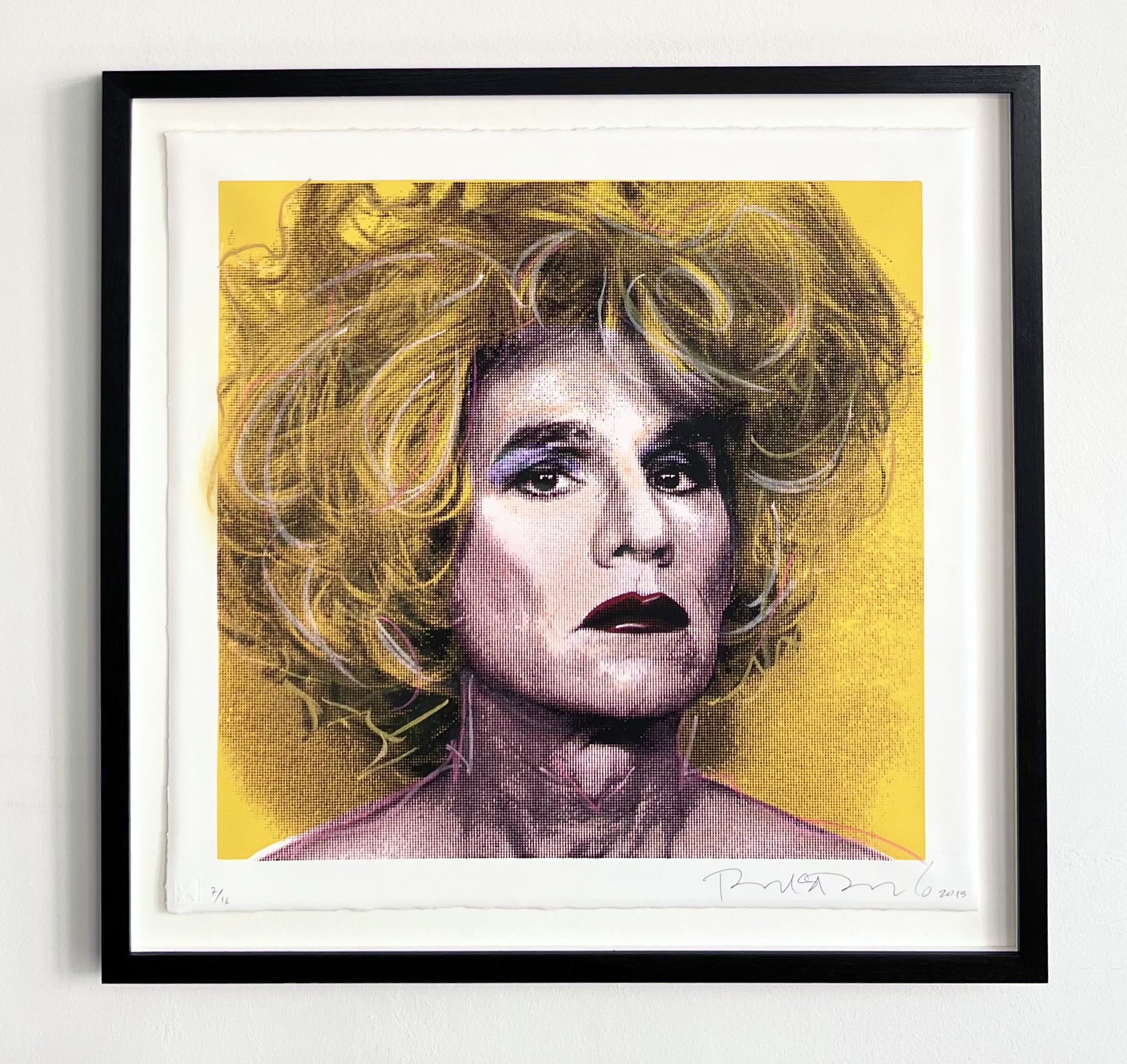SUPREMATISM





SUPREMATISM
By Alexander Baturin (1914 – 2003)
Untitled - ‘Suprematistic Cross',
1958
Pencil on paper
Sheet size: 32 x 25 cm
Framed size: 50.7 x 43 x 3 cm
THE CROSS has a long association with religion and mysticism. It is a simple form that contains strong echoes of religious doctrine and devotion. Similarly, the idea of a crossroads, or a cross street contains a reference to change, uncertainty and resolution. A cross is laden with associations in our consciousness. You are looking at an abstract drawing in pencil on paper by Alexander Baturin, second generation pupil of Kazimir Malevich. Baturin's cross is a minimalist overlay of two opposed planes each consisting of myriads of crosses and crossways. The fact that we are seeing a cross lays purely our own consciousness.
Alexander B. Baturin
(Russian, 1914 - 2003)
Alexander Baturin (1914 – 2003) was a painter and graphic artist, and one of the most important figures in the history of the art of Leningrad during the second half of the XX century. The pupil of Vladimir Sterligov – himself a student of Kazimir Malevich – he was the definitive authority for several generations of Leningrad artists, personifying a living connection with the traditions of the Russian avant-garde. His parents, who were aristocrats, were exiled to the small town of Shadrinsk following the revolution. Baturin himself was exiled from the Academy of Arts because of his background and spent 22 years in prison camps and various places of exile and was allowed to return to Leningrad only in 1956 after ‘rehabilitation’. Developing Sterligov’s plastic system, Baturin combined mathematical logic and a poetic belief in the primal rationality and order of the world in his works. He was engaged in a search for a definitive coloristic and plastic combination of color planes, which turned his landscapes into a painted formula of the universe.








